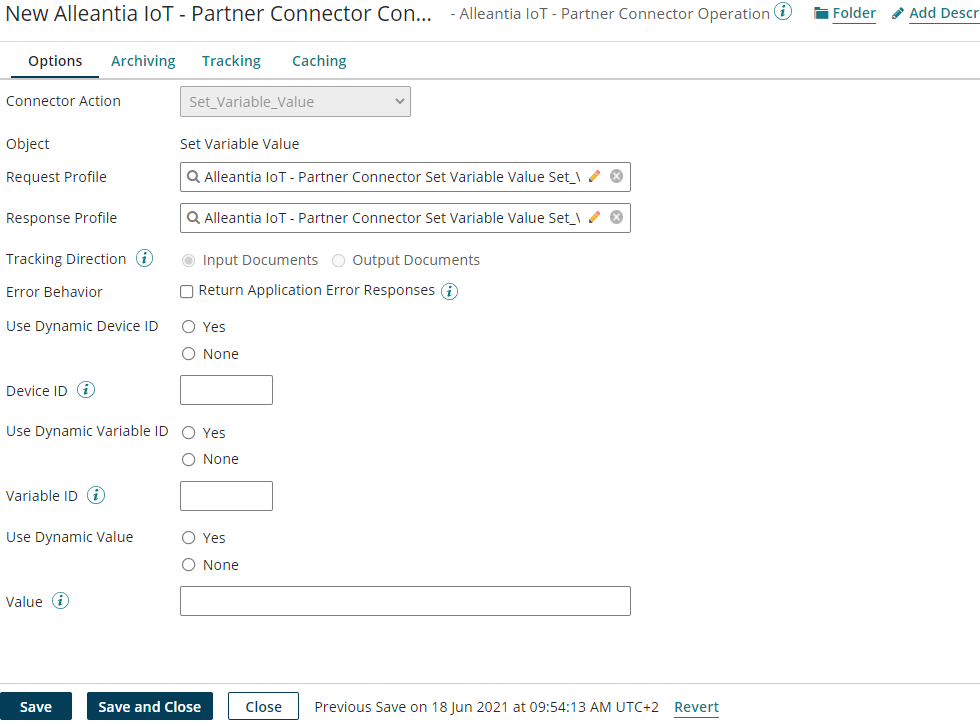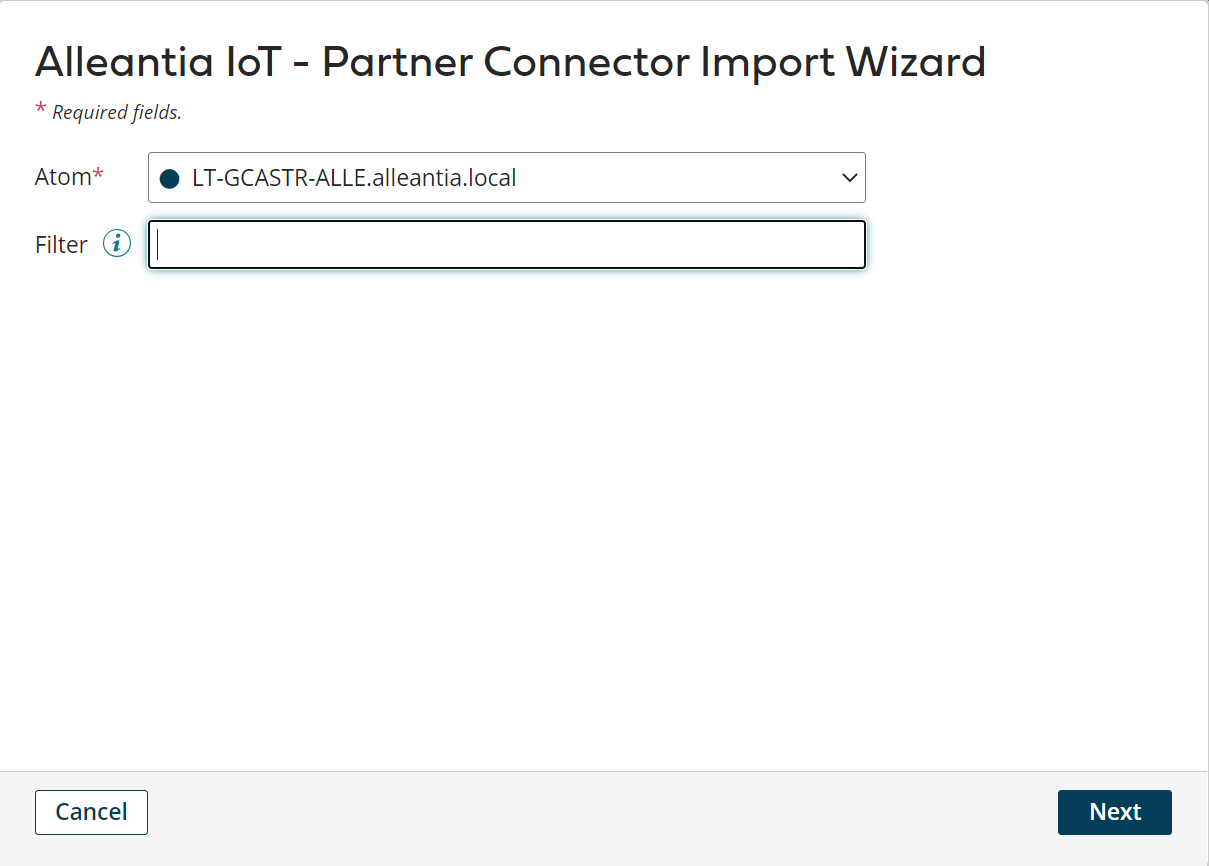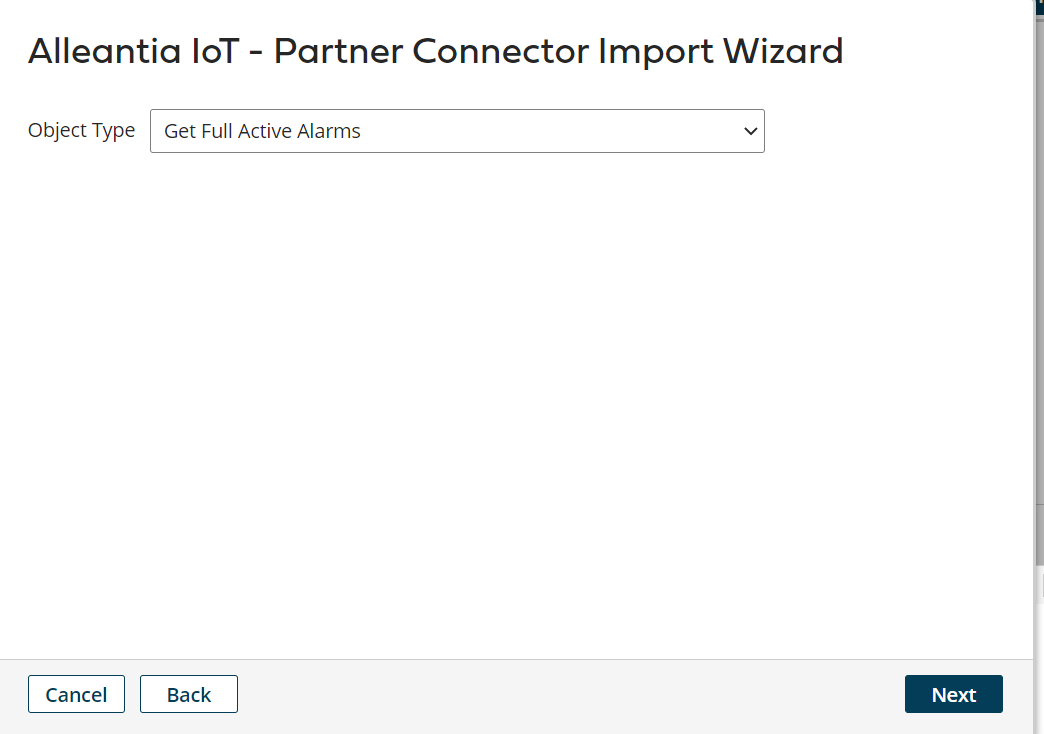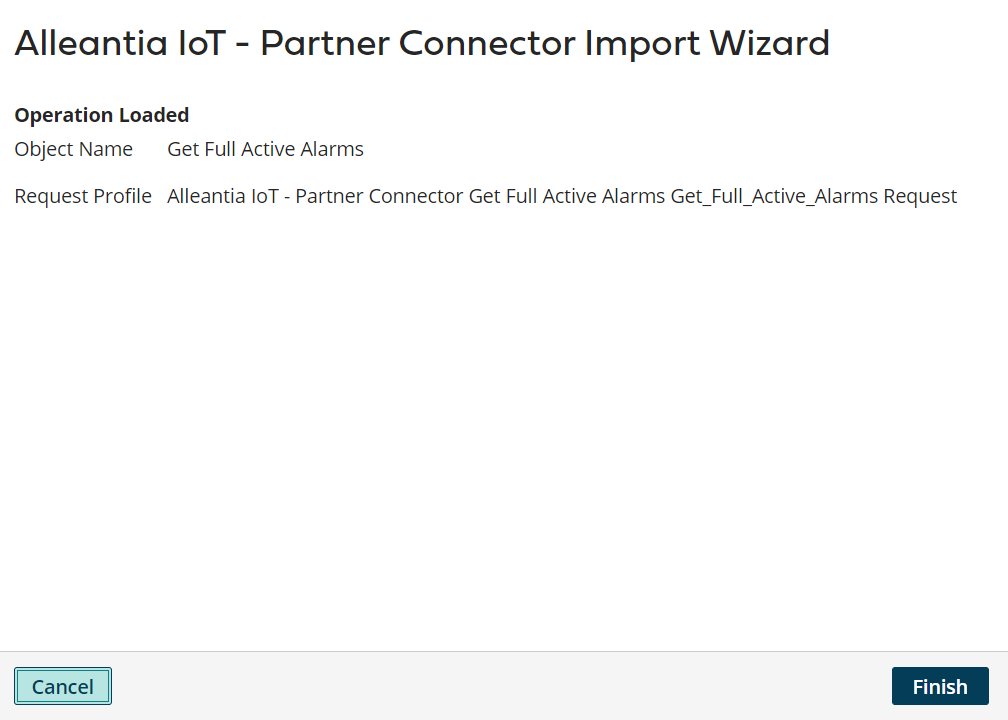Can't find the anwer you are looking for? We have shared some of our most frequently asked questions to hel you out!
What do you need to Alleantia work?
The Alleantia IoT connector (ot IIoT App) requires the following:
- Download Alleantia IoT Edge (ISC)
- A Boomi Atom deployed locally to machine within your network
- A software demo or commercial license (with API REST option) enabled from Alleantia
What are the operation types supported within the Alleantia IIoT App?
The Alleantia IoT Operation defines how to interact with the Alleantia ISC in the connection.
Certain operations require you to fill out additional fields necessary to complete the action.
- Alleantia_System_Information:
Use this operation to return Alleantia system information.
- All_Devices_Information:
Use this operation to return a data list to retrieve information on all devices configured in the IoT Server.
- Single_Device_Information:
Use this operation to return the configuration information for device configured in the system.
- All_Custom_Variables_Information:
Use this operation to return a list with the information on variables configuration of the plant configured in the IoT.
- All_Variables_ Information:
Use this operation to return a list with the information on variables configuration of a device configured in the IoT Server.
- Single_Variable_Information:
Use this operation to return the information on a variable configuration for a device configured on the IoT Server
- All_Alarms_Information:
Use this operation to return the information on all alarms configured on the IoT Server.
- Single_Alarm_Information:
Use this operation to return the information on an alarm configured on the IoT Server.
- All_Events_Information:
Use this operation to return information relative to events that can be generated by the system.
- Single_Event_Information:
Return information relative to the single event that can be generated by the system.
- Get_Full_Telemetry:
Use this operation to return data lists to retrieve information on all devices configured in the IoT Server
- Get_Single_Device_Telemetry:
Use this operation to return a list of actual values for the variables of a device configured in the IoT Server.
- Get_Single_Variable_Telemetry:
Use this operation to return the actual variable value for a device configured in the IoT Server.
- Get_Single_Custom_Variable_Telemetry:
Use this operation to return the actual variable value for the plant configured in the IoT Server.
- Get_Custom_Variable_Historical_Telemetry_Data
Use this operation to return the historical values of a plant variable configured in the system for a specified time interval.
- Get_Variable_Historical_Telemetry_Data
Use this operation to return the historical values of a variable of a device configured in the IoT Server for a specified time interval.
- Get_Full_Active_Alarms:
Use this operation to return a list of active alarms in the IoT Server.
- Get_Alarms_History:
Use this operation to return the historical list of the alarms in the IoT Server sorted by ascending time.
- Get_Full_Active_Events:
Use this operation to return a list of active events in the IoT Server.
- Get_Events_History:
Use this operation to return the historical events in the IoT Server for a specified time interval.
- Get_Single_Event_History:
Use this operation to return a single historical event in the IoT Server for a specified time interval.
- Set _Variable_Value:
Use this operation to set the value of a writable variable for a device configured in the IoT Server
How can I set device ID, variable ID or others parameters?
You can create multiple filters and add multiple parameters in two ways:
Parameters Tab
The Connector Shape dialog's Parameters tab allows you to provide dynamic or static values for those parameters. You can add, edit, delete, and put the parameters into a particular order.
Error indicators are also shown on this tab if multiple values are given for the same parameter name, a value is set without an associated name, or if not all parameters are defined.

Operation tab
The Connector Shape Operation tab allows you to provide only static values for those parameters.
Enter the value in the appropiate field end be sure to select the checkbox.

How can I generate JSON response/request profile according to selected operation?
The JSON response/request profile is automatically generated for you during the configuration of the operation using the Import wizard.
When retrieving data from a connector, the document data returned "looks like" the response profile defined in the operation. You use this profile when mapping to another format or whenever you need to reference a specific field in a process shape configuration. Similarly, when sending data to a connector, the document data to send must "look like" the request profile specified in the operation. You use this profile when mapping from another format or whenever you need to reference a specific field in a process shape configuration.
Steps to import the response/request profile operation :

- Click on Import button on Get tab
- Select the available Atom and click next

- Click Next and Finish

- Verify that object Type selected in the previous steps in generated in the Response/Request profile field of the Operation Tab as shown below


